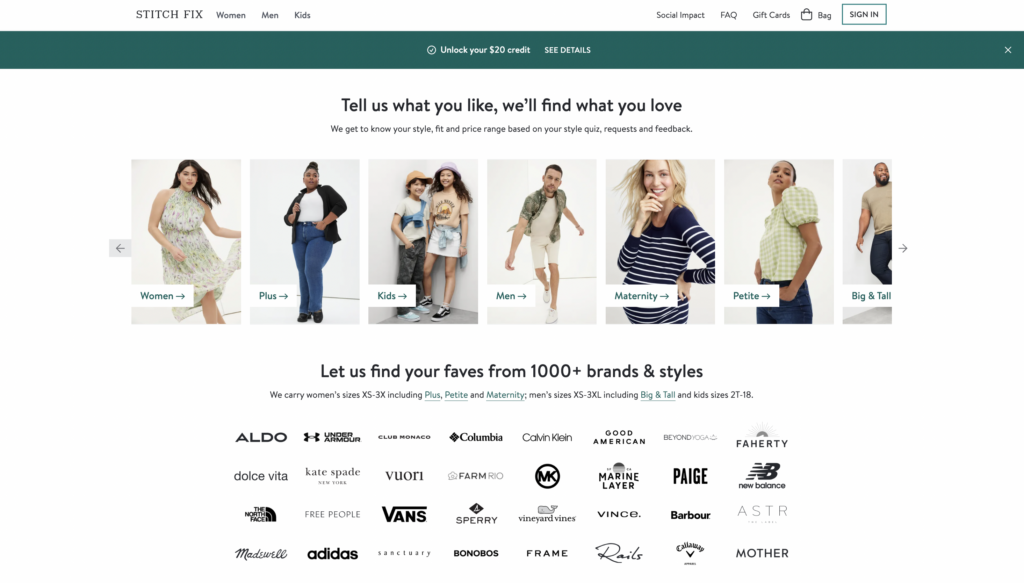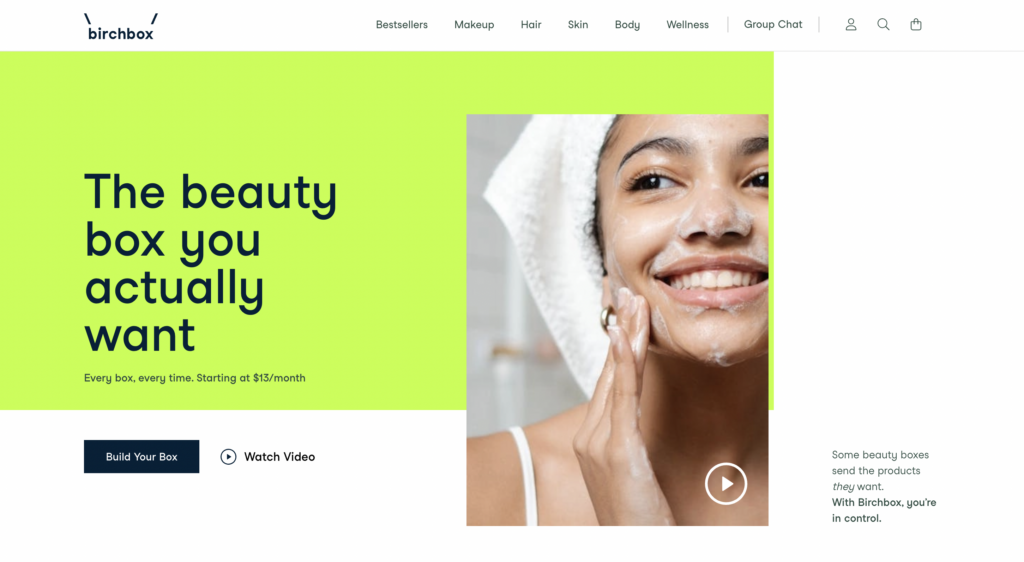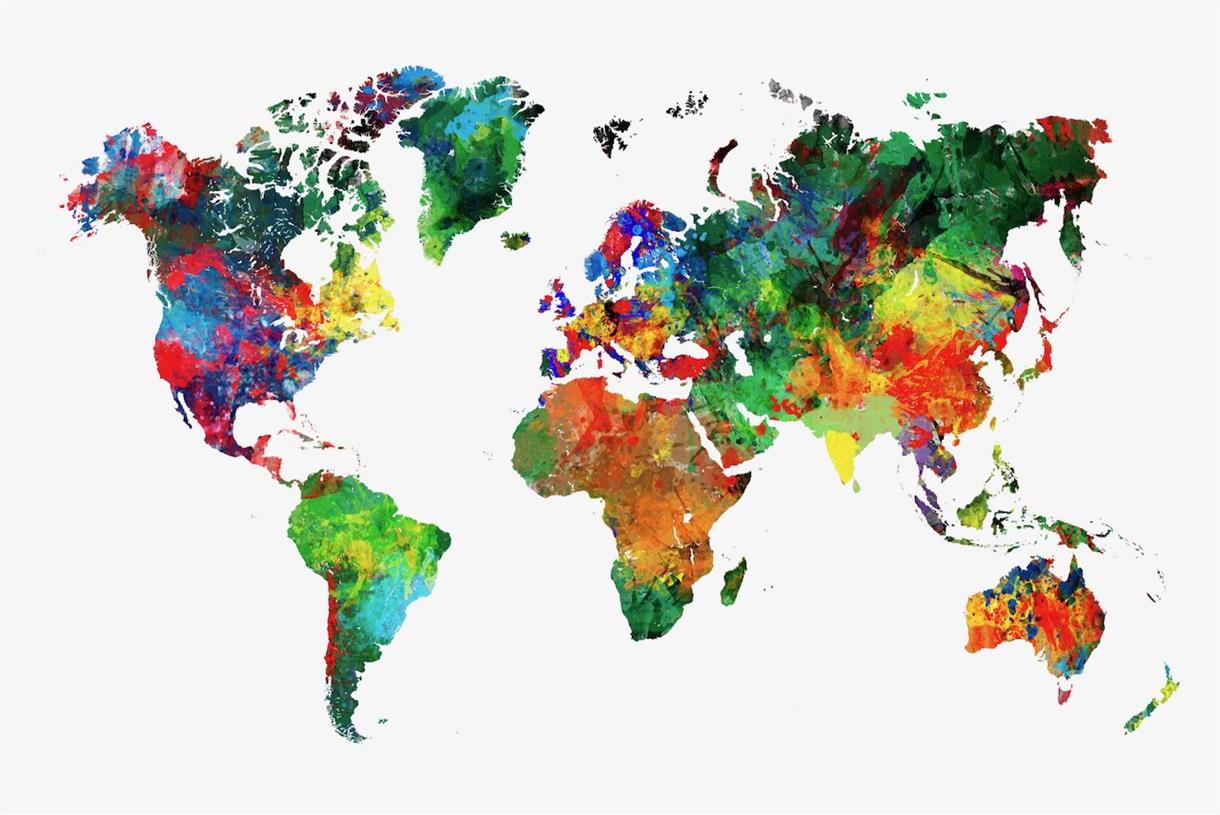15 Eye-Opening Examples of How Ecommerce and Traditional Commerce Differs
The game of commerce has changed big time in recent years, and eCommerce has been a major player in the transformation of lifestyle brands. On one hand, the pandemic has had us all shopping online, but as things open...

The game of commerce has changed big time in recent years, and eCommerce has been a major player in the transformation of lifestyle brands. On one hand, the pandemic has had us all shopping online, but as things open back up, people are craving that in-person retail experience more than ever before.
In this blog post, we’ll explore the key differences between eCommerce and traditional commerce and how these differences manifest in the beauty, fashion, and wellness sectors. By the end of this post, you’ll be armed with practical knowledge to help your lifestyle brand thrive in the digital age.
Omnichannel Experiences: Glossier’s Smooth Shopping Journey
One of the most significant differences between eCommerce and traditional commerce lies in the channels available for customers to shop. While traditional commerce primarily relies on brick-and-mortar stores and in some cases, catalogs, eCommerce takes advantage of various digital channels, such as websites, social media, and apps.
This beauty brand has embraced the omnichannel marketing approach by integrating its online and offline experiences. Let’s dive deeper into the concrete examples of how Glossier has set itself apart from traditional commerce:
#Launch
Glossier leverages social media platforms, such as Instagram, to create hype around new product launches. For instance, when Glossier released its “Lidstar” eyeshadow, it first showcased the product on Instagram, allowing followers to pre-order before the official release. This strategy generated excitement and anticipation, ultimately driving sales.
#Collab
Glossier has successfully executed limited-edition collaborations with other brands and influencers, which help expand their reach and create a sense of urgency for customers. For example, Glossier partnered with Milk Bar, a popular New York bakery, to create a limited-edition lip balm called “Balm Dotcom” in the bakery’s signature “Birthday Cake” flavor. This collaboration attracted new customers from both brands, driving sales and increasing brand awareness.
#Pop-up
While Glossier’s primary sales channel is its website, the brand has experimented with pop-up shops and showrooms to provide customers with an immersive, tangible shopping experience. These temporary locations allow customers to try out products in person and engage with the brand in a unique, experiential way. These events also help build buzz and drive online sales, as customers often share their experiences on social media.
Personalized Shopping Experiences: Stitch Fix’s Tailored Fashion Suggestions
Ecommerce enables lifestyle brands to gather extensive data on their customers, allowing for more personalized shopping experiences. By analyzing browsing history, purchase patterns, and other customer information, brands can tailor their offerings to each individual’s preferences. This data-driven approach enables companies to identify customer trends, predict future demands, and optimize marketing strategies, all while fostering customer loyalty and satisfaction.

It’s an online personal styling service, offers customized clothing recommendations based on users’ style preferences, sizes, and budgets. Users receive a personalized “fix” of clothing and accessories, handpicked by stylists, which they can choose to keep or return. Here are more concrete examples of how the company uses clever strategies:
#Subscription
The company offers multiple subscription options, allowing customers to choose the frequency of their shipments, ranging from monthly to quarterly, or even on-demand. This flexibility caters to customers with varying needs and lifestyles, enhancing customer satisfaction and loyalty.
#Collab
Stitch Fix collaborates with well-known designers and brands to offer exclusive items to its customers. These partnerships, such as their collaboration with designer Rebecca Minkoff, add an element of luxury and exclusivity to the Stitch Fix experience and further differentiate the service from traditional shopping methods.
#Inventory
Stitch Fix’s unique model enables efficient inventory management by sending customers curated selections based on their style profiles. This approach minimizes the need for large-scale inventory storage, as items are only shipped when they match a customer’s preferences. Furthermore, the personalized styling service ensures that the recommendations are tailored to each customer’s unique taste, increasing the likelihood of satisfaction and reducing the number of returns.
Influencer Marketing: Fabletics and Partnering with Fitness Icons
eCommerce has given rise to influencer marketing, where brands partner with social media personalities to promote their products. This strategy allows brands to reach new audiences, build credibility, and foster a sense of authenticity.
Fabletics, an activewear brand, has utilized influencer marketing to great effect by partnering with fitness icons such as Kate Hudson and Demi Lovato. Let’s take a closer look at some concrete examples that illustrate the differences between Fabletics’ eCommerce approach and traditional commerce:
#Reward
Physical stores typically offer loyalty programs based on points or purchase history, which provide customers with occasional discounts or rewards. Fabletics offers a VIP membership program, which grants members access to exclusive discounts, early access to new collections, and personalized product recommendations. Members also receive reward points for every purchase and review, redeemable for discounts or free items. This innovative approach encourages customer loyalty and engagement while providing a tailored shopping experience.
#Community
Physical stores often struggle to build a sense of community among customers, as interactions are typically limited to in-store visits and occasional promotional events. Fabletics has cultivated an active online community by engaging customers on social media platforms, sharing workout tips, and promoting user-generated content through hashtags like #FableticsSquad. This approach creates a sense of belonging and connection among customers, further strengthening brand loyalty.
#Experience
Fabletics’ website features virtual showrooms and interactive elements, such as outfit builders and style quizzes, that allow customers to explore various combinations and discover new items. These online tools enhance the shopping experience and make it more enjoyable for customers while providing valuable insights for Fabletics to improve its product offerings and recommendations.
Subscription-Based Business Models: Birchbox’s Beauty Discovery Service
eCommerce has facilitated the rise of subscription-based business models, which offer customers ongoing access to products or services. These models foster customer loyalty and generate recurring revenue for brands.

Birchbox, a beauty subscription service, sends customers a monthly box of curated beauty samples tailored to their preferences. Here are some concrete examples that highlight the differences between Birchbox’s eCommerce approach and traditional commerce:
#Sampling
Beauty stores typically offer limited product samples, often requiring customers to visit the store in person and request them from sales associates. Birchbox delivers a monthly box of personalized beauty samples to subscribers, allowing them to try a variety of products tailored to their preferences and needs. This innovative approach encourages product discovery and provides customers with a convenient, low-risk way to explore new beauty items.
#Data
Birchbox subscribers complete a detailed beauty profile, providing information on their skin type, hair type, beauty concerns, and product preferences. Birchbox uses this data to curate monthly boxes that align with each customer’s unique requirements, ensuring a tailored experience that increases satisfaction and encourages repeat purchases.
#Referral
Birchbox allows subscribers to purchase full-size versions of the products they sample through the Birchbox Shop. Customers can use the Birchbox Points earned from reviewing products and referring friends to receive discounts on these purchases, incentivizing continued engagement with the brand.
Real-Time Customer Support: Warby Parker’s Virtual Try-On Feature
eCommerce has enabled lifestyle brands to offer real-time customer support through various digital channels, such as chatbots, virtual assistants, and interactive online features. This ensures customers receive assistance whenever they need it, improving their overall experience.
Warby Parker, an eyewear brand, offers a virtual try-on feature on their website and app, allowing customers to see how different frames look on their faces using augmented reality. This innovative approach to customer support not only enhances the online shopping experience but also helps customers make more informed decisions, leading to increased satisfaction and fewer returns. Here are some concrete examples from the brand:
#TryOn
Warby Parker’s Home Try-On program enables customers to select five frames online, which are shipped to their homes for a free five-day trial period. This approach allows customers to take their time trying on frames, seeking opinions from friends and family, and ultimately making a more informed decision.
#AR
Warby Parker offers a Virtual Try-On feature on their website and app, utilizing augmented reality technology to allow customers to see how different frames look on their faces. This innovative tool enhances the online shopping experience, helping customers make more confident decisions and reducing the likelihood of returns.
#Charity
Warby Parker’s “Buy a Pair, Give a Pair” program donates a pair of glasses to someone in need for every pair sold. By leveraging its online platform and social media presence, Warby Parker raises awareness about the importance of vision care and its social responsibility efforts, engaging customers and differentiating itself from traditional eyewear retailers.
Conclusion
The rise of eCommerce has undoubtedly transformed the way lifestyle brands operate, offering numerous benefits over traditional commerce. By embracing omnichannel experiences, personalized shopping, influencer marketing, subscription-based business models, and real-time customer support, brands in the beauty, fashion, and wellness sectors can thrive in today’s digital landscape. As the owner of Evolut, a lifestyle brand owner or marketing executive, understanding and capitalizing on these differences is essential for future success in an increasingly competitive market.

 ShanonG
ShanonG 

































